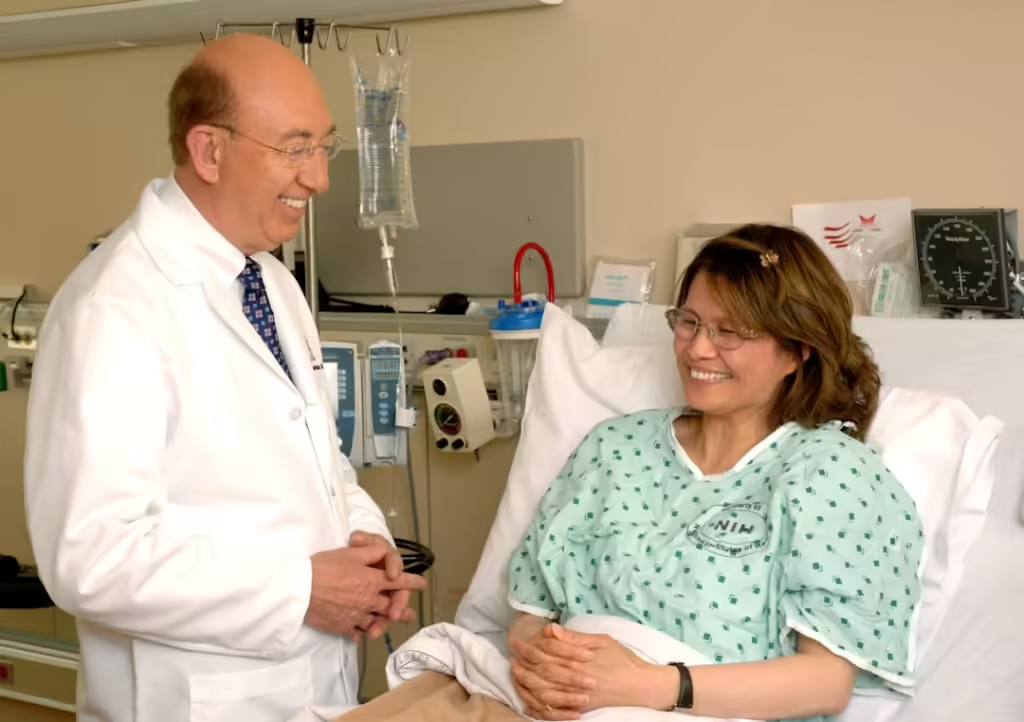The challenge of maintaining and enhancing patient safety and quality care is an evolving task for healthcare facilities worldwide. By fostering a culture of open communication, continuing education and utilizing patient feedback, medical institutions can aspire to provide superior healthcare services. These strategies mitigate risks and promote a culture of excellence within healthcare systems. Below, we delve into these key strategies and explore how they can transform patient care for the better.
Fostering a Culture of Open Communication and Reporting in Healthcare Settings
Open communication is the bedrock of a safe healthcare environment. Encouraging staff to voice concerns and report incidents or near-misses without fear of reprisal leads to a proactive approach to identifying and addressing potential hazards. This transparency is crucial for learning from mistakes and preventing them from recurring.
Open communication channels also enhance multidisciplinary teamwork and collaboration. When healthcare professionals from various specializations openly discuss patient care, they can integrate their expertise to provide comprehensive treatment plans. Regular interdisciplinary meetings and debriefs can facilitate this kind of productive exchange.
It’s important not just to collect reports but also to act on the information gathered. Institutional responsiveness to reported issues validates the reporting process and motivates staff to continue participating. A feedback loop where outcomes of reported incidents are shared with the staff fosters trust and reinforces the value of their input.
Moreover, ECRI, a trusted voice in healthcare, emphasizes the role of open communication in enhancing patient safety. By aligning with reputable organizations and adopting their recommendations, healthcare facilities can further strengthen their safety culture. Ensuring that communication channels remain accessible and effective is an ongoing process that requires attention and resources.
Continuing Education and Training Programs for Healthcare Professionals
Healthcare is an ever-evolving field, necessitating continuous education and training for medical professionals to stay abreast of the latest treatments and technologies. Engaging in ongoing education ensures practitioners can offer the most current evidence-based care. Training programs also help in solidifying the understanding of complex procedures and protocols.
Professional development is not confined to medical knowledge updates; it also includes training in communication skills, patient interactions, and team collaboration. These interpersonal skills are critical to providing compassionate care and building stronger patient relationships. Additionally, simulation training helps professionals safely practice emergency and rare scenarios, sharpening their skills without risking patient safety.
Moreover, leadership training for healthcare executives and managers fosters a mindset focused on safety and quality. Effective leaders can inspire a culture of accountability and continuous improvement among their teams. They are also better equipped to implement systemic changes that can lead to safer, more efficient care delivery.
Investing in the growth and development of healthcare professionals is directly linked to improved patient outcomes. It builds a more competent workforce and contributes to employee satisfaction and retention, which is crucial in the high-stress arena of healthcare service.
Utilizing Patient Feedback to Improve Healthcare Services and Safety Measures
The patient’s voice is critical in the quest to enhance healthcare services. Patient feedback provides direct insights into their experiences, highlighting areas that require improvement. Active solicitation of patient perspectives through surveys or suggestion boxes can reveal actionable data that might otherwise go unnoticed.
Patient feedback informs service quality improvements and empowers individuals to participate actively in their healthcare journey. When patients see their suggestions taken seriously and implemented, they can strengthen their trust in the healthcare system. Such participation fosters a collaborative dynamic between patients and providers.
Furthermore, tracking patient satisfaction metrics becomes a tangible measure of a healthcare facility’s performance. Regular assessment of these metrics can guide strategic planning and resource allocation to areas that will enhance the patient experience. Incorporation of feedback mechanisms into routine operations ensures that maintaining high-quality care remains a priority.
Addressing patient complaints promptly and thoughtfully is equally crucial for safety enhancement and quality improvement. It resolves immediate concerns and diminishes the potential for future incidents. Handling feedback respectfully can also mitigate the likelihood of encountering dissatisfaction or negative health outcomes.
Altogether, fostering a culture of open communication, prioritizing continuous education, and actively utilizing patient feedback are fundamental strategies for enhancing patient safety and quality care in healthcare facilities. By implementing these practices, healthcare institutions can create a proactive, collaborative environment that consistently strives for excellence and improved patient outcomes.









Leave a Comment
You must be logged in to post a comment.